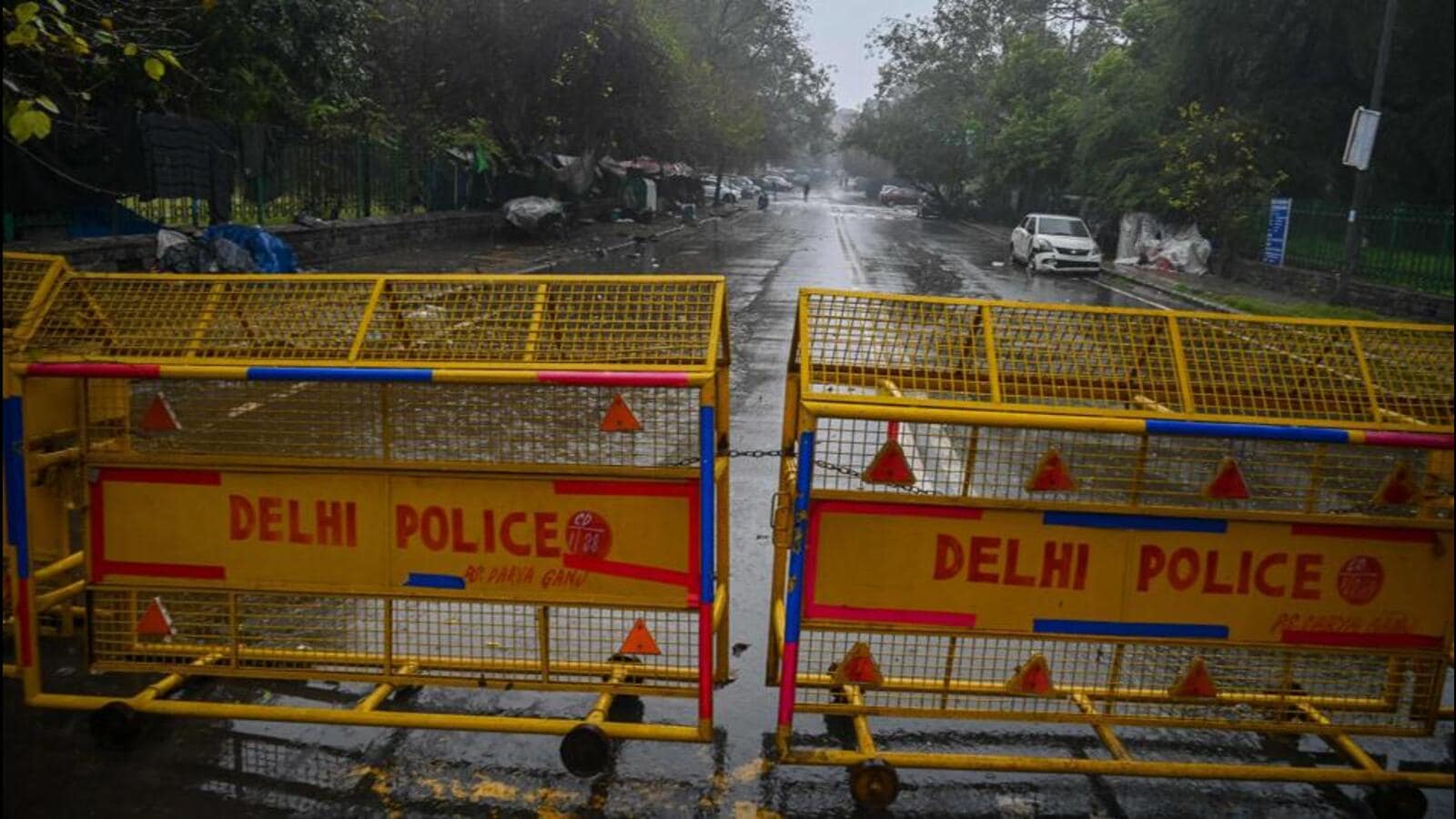A pale grey haze hung low over the Capital’s skyline — an unpleasant, but all-too-familiar, sight that gave the city’s residents a preview of the spectre of pollution that is likely to come in the days to follow as calm, easterly winds resulted in pollution levels drastically deteriorating in Delhi on Thursday.

According to the daily bulletin released by the Central Pollution Control Board (CPCB), Delhi’s average air quality index (AQI) reading was 285 (poor), a sharp increase from the 230 (poor) recorded a day earlier.
CPCB calculated the day’s average AQI using 33 of the 40 ambient air quality stations in Delhi, its daily bulletin showed. Of these stations, 14 were in the “very poor” category throughout the day, including Mundka (386), Jahangirpuri (360), and Patparganj (350), among others.
Interestingly, Anand Vihar, which was in the “severe” category with an average AQI of 429 on Wednesday, was amongst the stations the data for which was missing on Thursday. CPCB officials did not comment on why this was the case.
Of other cities in the National Capital Region (NCR), only Gurugram’s air quality was in the “moderate” zone, with an AQI of 178. CPCB data showed the pollution levels of Noida, Greater Noida, and Ghaziabad were all in the “poor” category, though relatively better than Delhi, with AQI readings of 242, 248, and 252, respectively.
Experts said the wind conditions, or lack thereof, led to accumulation of pollutants — a combination of local emissions and from neighbouring NCR towns.
“We had calm winds at night, which is a characteristic of the winter months. This may have led to accumulation of pollutants overnight,” said Mahesh Palawat, vice president at Skymet, stating an increase in wind speed will once again lead to dispersion of pollutants.
Data from the DSS estimated that emissions from Delhi’s vehicular sector were the highest contributor to Delhi’s pollution – around 12.25% of the PM 2.5 load. This was followed by emissions from Gautam Budh Nagar (11.70%), Bulandshahr (9.45%), and Ghaziabad (7.7%).
Another 3.2% of the pollutants were estimated to be coming from households in Delhi, and 1.5% from the city’s energy sector. Waste burning, road dust and construction activities all contributed another 1%, DSS estimated.
So far, farm fires in northern states have had a minimal impact on Delhi, with the Centre’s Decision Support System (DSS) estimating that the contribution of stubble burning to the Capital’s PM 2.5 levels was only around 0.8% on Thursday.
However, forecasts show that Delhi’s AQI is likely to plunge in the “very poor” zone by Sunday, as the stubble burning begins to impact the city’s air quality.
“Meteorological conditions are highly unfavourable for effective dispersion of pollutants. Additional emissions from stubble and waste burning are likely to deteriorate air quality significantly,” the Early Warning System (EWS) for Delhi, part of the Union ministry of earth sciences, stated in its daily bulletin released on Thursday evening.
The easterly winds also contributed to a slight jump in temperature, as Delhi’s minimum rose to 20.3 degrees Celsius (°C), a degree above normal and a notch above the 19°C recorded a day earlier. Meanwhile, the maximum was 36.2°C, three degrees above normal and 0.8°C higher than Wednesday.
Forecasts show the maximum and minimum are likely to hover around 35°C and 20°C, respectively, on Friday, before gradually decreasing over the next few days.













Leave a Reply